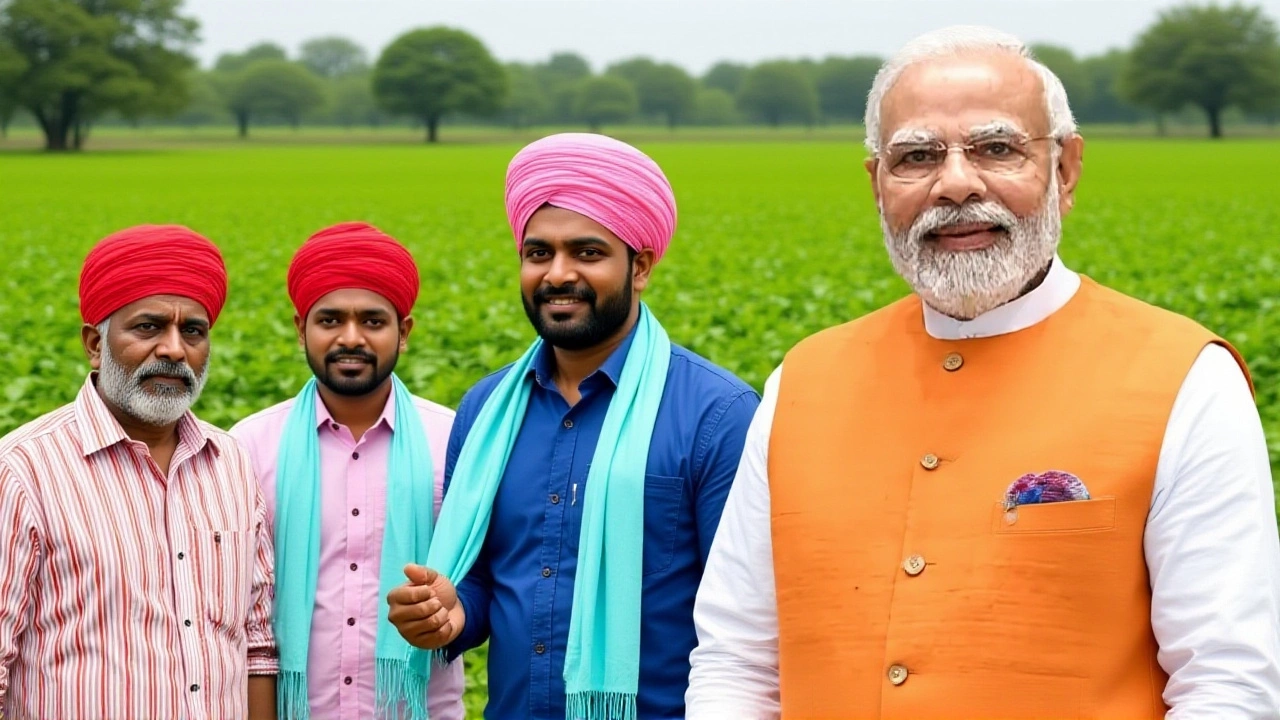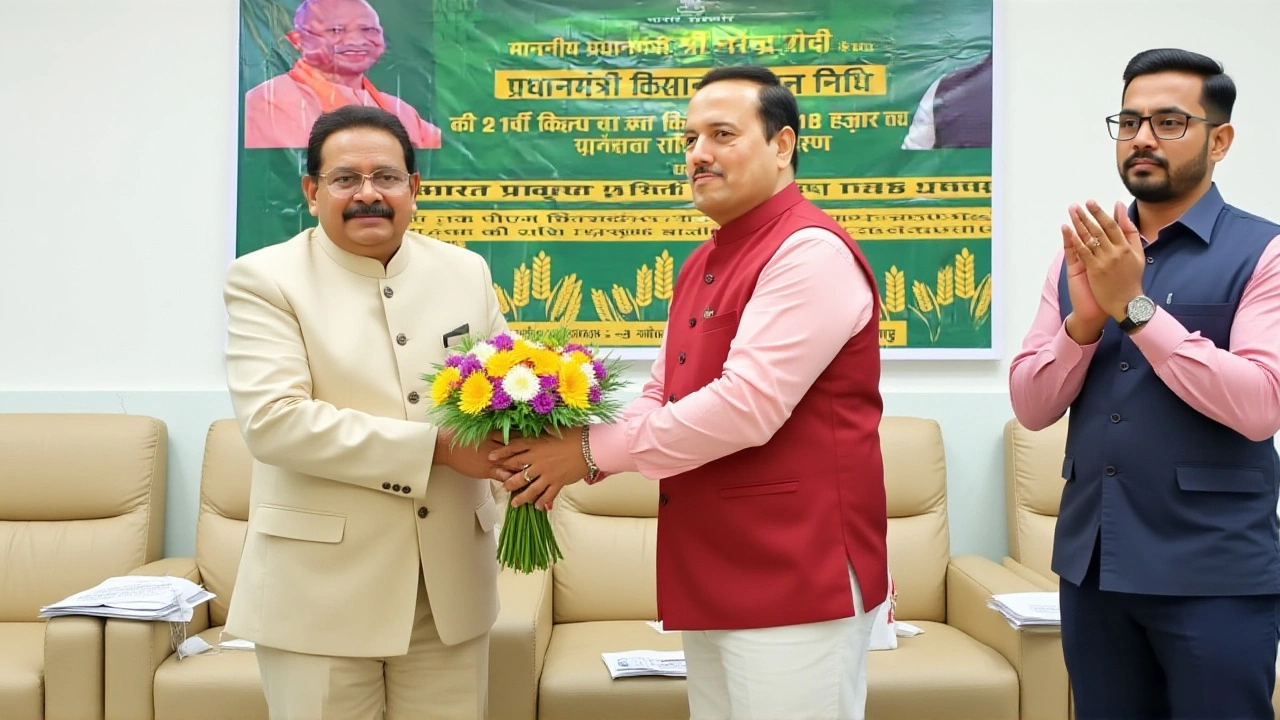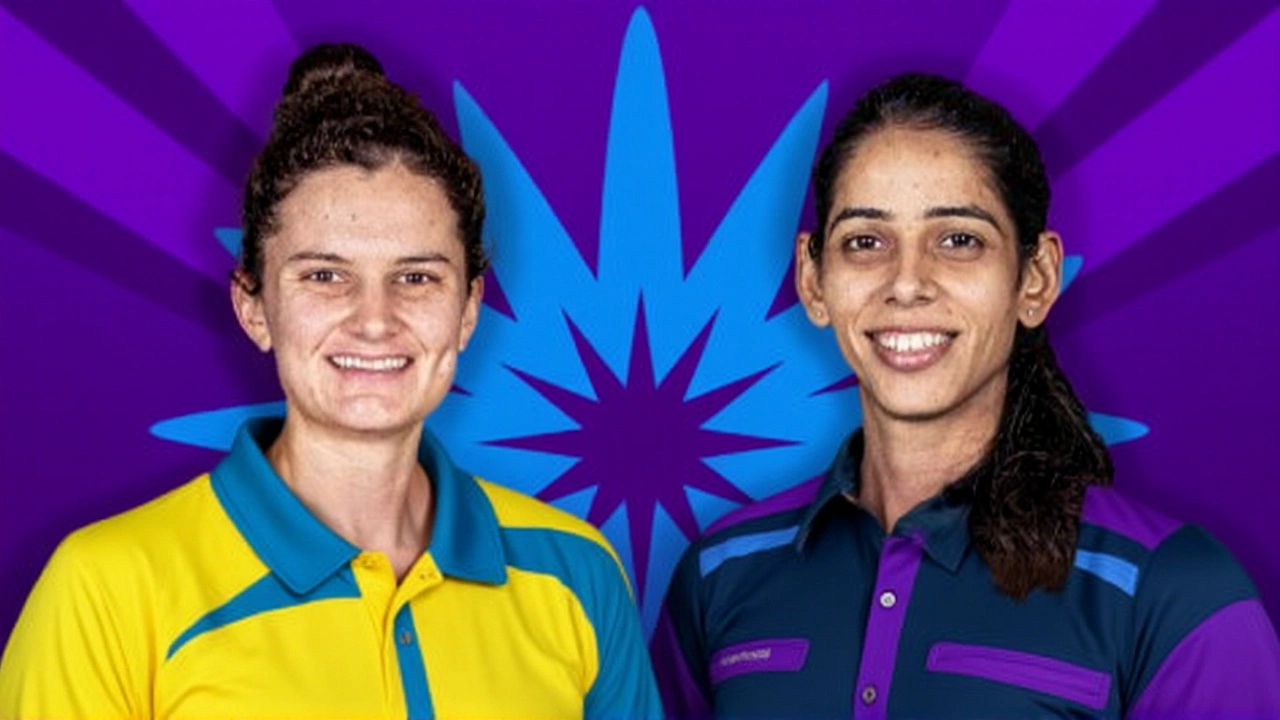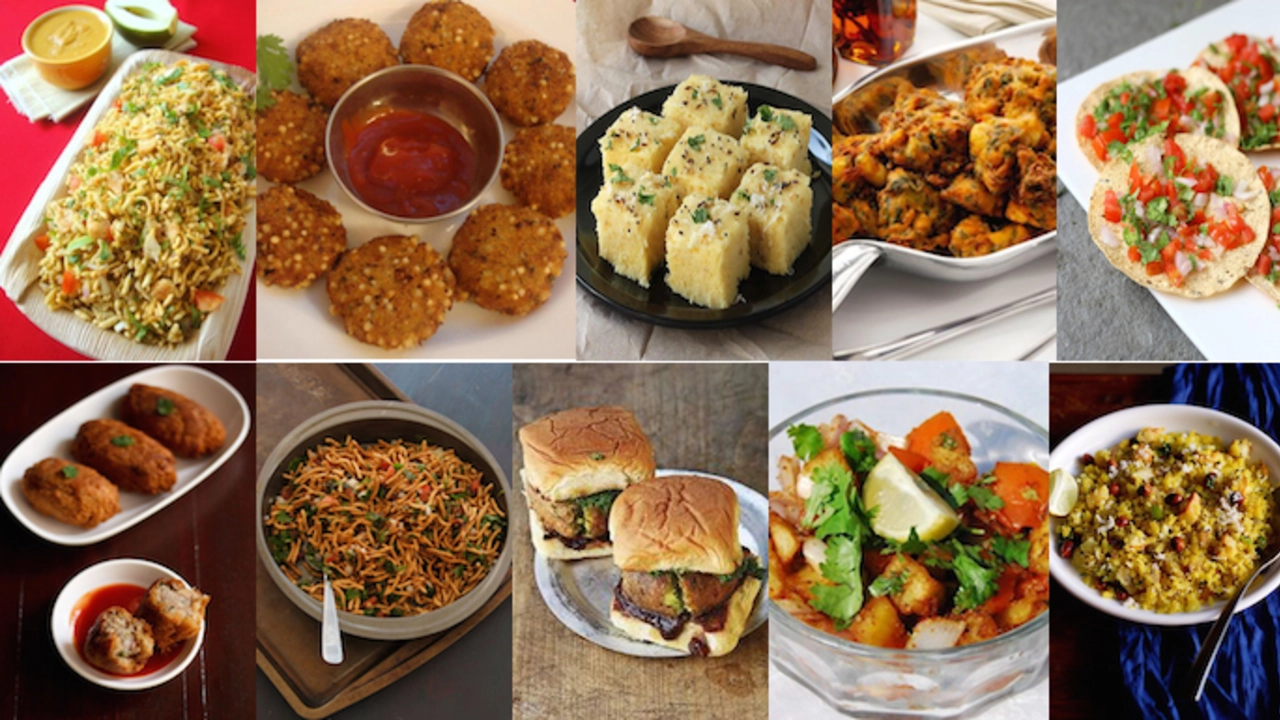
On November 19, 2025, at 2:15 PM IST, Narendra Modi released the 21st installment of the PM Kisan Samman Nidhi schemeCoimbatore, transferring ₹18,000 crore directly into the bank accounts of 9 crore eligible farmers. The move, part of the government’s ongoing commitment to rural income support, brought ₹2,000 to each qualifying household — the third and final tranche of the annual ₹6,000 assistance. But behind the celebratory tone lies a quiet crisis: 1 crore farmers in Uttar Pradesh may not receive their payment, not because of policy failure, but because of administrative gaps they didn’t realize mattered.
Who Got Left Behind?
The Ministry of Agriculture and Farmers Welfare flagged 31 lakh suspicious beneficiaries nationwide after cross-checking land records, income tax filings, and Aadhaar-linked data. Among them, Uttar Pradesh stands out. According to Jansatta, roughly 1 crore farmers in the state — nearly one in five of its total beneficiary pool — are at risk of missing the November 19 disbursement. Why? Many never completed the mandatory eKYC process. Others have mismatched bank accounts, duplicate registrations, or land titles registered under relatives’ names. Some even include retired government employees or salaried individuals who technically shouldn’t qualify under the scheme’s ₹6,000 annual cap for small and marginal farmers with holdings under 2 hectares.It’s not just about paperwork. It’s about access. In rural UP, where internet penetration remains patchy and digital literacy uneven, the deadline of October 31, 2025, was a wall many couldn’t climb. Farmers who relied on local agents or village-level functionaries often got misled — or simply ran out of time. "I went to the bank three times," said Ram Prasad, a 58-year-old farmer from Kanpur. "They told me my Aadhaar was linked. Then the money didn’t come. Now I don’t know who to blame."
The Verification Machine
The Ministry’s verification process, overseen by Dr. Himanshu Pathak, Secretary of Agriculture, is one of the most aggressive in India’s welfare history. Officials matched beneficiary lists against the Income Tax Department’s database, state land revenue records, and even pension rolls. Those earning above ₹2.5 lakh annually, owning institutional land, or holding government jobs were flagged. In Rajasthan alone, 66.62 lakh farmers received their ₹2,000, but 1.8 lakh were excluded after red flags. In Jammu & Kashmir, payments were made early — on October 7 — precisely because their verification was completed ahead of schedule.The system isn’t perfect. It’s blunt. A farmer with a typo in his bank account number — "00123456789" instead of "00123456780" — gets auto-rejected. No warning. No second chance until the next cycle. And with over 11 crore registrations since the scheme’s launch in December 2018, the data is a tangled web. "We’re not trying to deny anyone," said Dr. Rajesh Kumar, Director General of the Department of Agriculture, Cooperation & Farmers Welfare. "But we can’t let ₹3.91 lakh crore go to those who don’t qualify. That’s money stolen from the poorest.""
What Farmers Can Do Now
The government hasn’t left farmers in the dark. The official portal, pmkisan.gov.in, allows users to check status by entering their Aadhaar number, mobile number, or bank account. Click "Get Data" — and if the payment shows as "Rejected," the reason appears: "eKYC Pending," "Bank Account Not Valid," or "Duplicate Entry." Farmers can file grievances directly on the portal or call the toll-free helpline. Those who missed the October 31 deadline still have until December 15 to complete eKYC — but they won’t get the November 19 payment. Their next shot? The 22nd installment, expected in February 2026.Meanwhile, 46.62 lakh farmers across India are receiving a special top-up of ₹7,000 — combining the current ₹2,000 with unpaid installments from earlier cycles. These are farmers who were wrongly excluded in past rounds and have now been reinstated after appeals. It’s a rare win in a system that often feels impersonal.

Why This Matters Beyond the Numbers
This isn’t just about ₹2,000. It’s about trust. The PM Kisan scheme has become the financial lifeline for 12 crore rural households. When payments fail, families delay school fees, skip medicine, or sell livestock. In UP, where agriculture employs over 60% of the workforce, delayed payments ripple through local economies — kirana shops, tractor mechanics, seed vendors. The scheme was meant to reduce distress. But when the system itself becomes a barrier, it risks eroding the very solidarity it was built on.Experts say the solution isn’t more tech — it’s more human support. "We need village-level digital ambassadors," says Dr. Meera Nair, a rural economics fellow at the Indian Institute of Management, Lucknow. "Not just posters and pamphlets. People who can sit with farmers, help them upload documents, and follow up. Technology should serve, not replace, human touch."
What’s Next?
The next milestone? The 22nd installment, scheduled for February 2026. The Ministry has promised a "simplified verification window" and expanded access through Common Service Centers. But farmers are watching closely. Will the government fix the glitches before the next payment? Or will another crore be caught in the same net?For now, the message is clear: if you’re a farmer in India, and you’ve registered for PM Kisan, check your status. Don’t wait for the money to arrive. Go online. Call the helpline. Fix what’s broken. Because in a system this large, the smallest error — a missing digit, a missed deadline — can cost you your livelihood.
Frequently Asked Questions
Why didn’t I receive my PM Kisan payment on November 19, 2025?
You may have missed the October 31, 2025, eKYC deadline, had an unlinked or incorrect bank account, or been flagged as ineligible due to income tax filings or land ownership records. Check your status on pmkisan.gov.in using your Aadhaar number. If it shows "Rejected," the reason will be listed — and you can file a grievance to resolve it before the next installment.
How many farmers in Uttar Pradesh are affected by the payment delay?
Approximately 1 crore farmers in Uttar Pradesh may not have received the November 19, 2025, payment due to incomplete eKYC, bank mismatches, or eligibility issues. While the state has the highest number of beneficiaries (over 18 crore registered), it also has the most verification discrepancies, according to Ministry data shared with state officials.
Can I still get the ₹2,000 if I complete eKYC after October 31?
No — the November 19 payment was locked in based on data as of October 31, 2025. However, completing eKYC before December 15, 2025, ensures you’ll receive the next installment in February 2026. You can also claim any pending amounts from previous installments if you were wrongly excluded and successfully appeal.
How do I check if I’m still eligible for PM Kisan?
Visit pmkisan.gov.in, enter your Aadhaar number or mobile number, and click "Get Data." If your status says "Active," you’re eligible. If it says "Inactive" or "Rejected," you’ll see the reason. You can also call the toll-free helpline 155261 or visit your nearest Common Service Center for help. Only small and marginal farmers with land under 2 hectares qualify.
What’s the total amount disbursed under PM Kisan so far?
As of November 2025, the government has transferred ₹3.91 lakh crore to over 11 crore farmers through 21 installments since the scheme launched on February 24, 2019. The 21st installment alone added ₹18,000 crore to that total, making it one of the largest direct cash transfer programs in the world.
Who administers the PM Kisan scheme?
The Ministry of Agriculture and Farmers Welfare, headquartered in Krishi Bhawan, New Delhi, administers the scheme. Day-to-day operations are managed by the Department of Agriculture, Cooperation & Farmers Welfare, led by Director General Dr. Rajesh Kumar, under the oversight of Secretary Dr. Himanshu Pathak.




